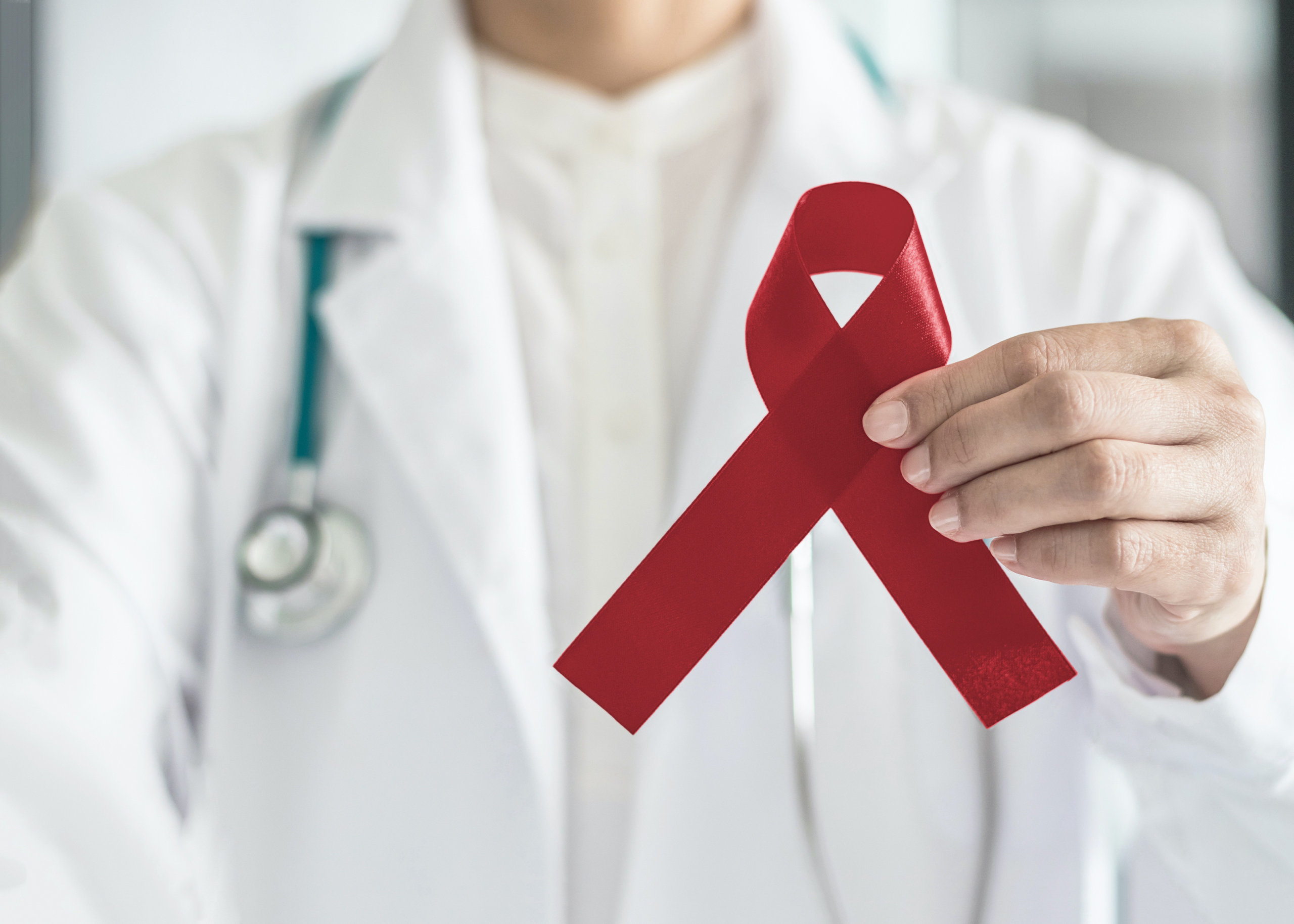
Since you’re reading this article on the page of your favorite affordable orthodontist in Melbourne, you’ve probably already guessed the answer to the question posed in the title. The best way to check for oral cancer is to schedule a checkup with your dentist or orthodontist. We are the medical professionals who spend the most time looking around inside your mouth. Thus, it’s really no surprise that we would be the first ones to notice early warning signs.
Oral Cancer Incidence In the US
One of the first things we want to point out is that oral cancer is extremely rare in young Americans. In the 19 and under age group, fewer than 1 in 500,000 are diagnosed with oral cancer each year, according to the National Institute of Dental and Craniofacial Research. That’s fewer than 150 young people per year in the entire United States. The reason for this is because most of the risk factors for oral cancer are from bad habits that adults develop. For example, tobacco and heavy alcohol use are two of the leading factors that can cause oral cancer to develop. Additionally, spending too much time in the sun can also lead to lip cancer later in life. The risk of oral cancer starts to pick up significantly after age 50. The highest risk group is among people in the 60 to 70 age range.
Additionally, males are slightly more likely to contract oral cancer than females, and the risk is also higher among black and Hispanic males than among other races. Although the age-incidence rate for oral cancers has historically skewed older, young people in their 20s have been contracting oral cancers at higher rates in recent years. Studies show this is likely linked to the human papillomavirus (HPV), which is a sexually transmitted disease.
How Dr. Natalia Valderrama, your Viera/Suntree/ Rockledge Orthodontist, Checks for Oral Cancer
The most common way oral cancers are identified is when your dentist notices something odd in your mouth. Oral cancer can present itself as a red or white patch of tissue inside the mouth. Your dentist will notice pretty quickly if anything looks abnormal or stands out during routine visits. This is important to note: Just because an orthodontist or a dentist notices something unusual in your mouth does not automatically mean it’s cancer. It could be a sore spot, an infection, an allergic reaction to something you ate, or any number of other possible things. Your dentist may then feel around inside your mouth to check the consistency of the tissue abnormality. The doctor may also check your cheeks, lips, throat and neck for any abnormal lumps.
Additional tests can include a test screening with specialized dye (used as mouth rinse) or a cancer screening light. While your dentist may be able to rule out oral cancer using these methods, you will probably be asked to come in for a follow-up exam. This is to monitor the progress of the abnormal tissue. If it’s a mouth sore that went away on its own, there’s probably nothing to be concerned about. If the abnormal cells are still present, it may be time to conduct a biopsy. This means removing a sample of the affected tissues and sending them to a lab to screen for cancer. This will probably be necessary for a formal cancer diagnosis.
Last, another important point to mention: An oral cancer screening from a dentist is not fool-proof. There are some types of oral cancers that cannot be detected with a visual check.
Reducing Your Risk
To reduce your risk of oral cancer, you have likely already been told to stop using tobacco and to reduce your alcohol intake. This is especially true if you have any of the risk factors. Remember, if you are over the age of 50, this is even more important. Also, if you are sexually active, the HVP vaccine is an effective method of preventing an STD which can then lead to oral cancer. If you have any questions about oral cancer, the risks, symptoms, etc., please contact our office in Melbourne today. Valderrama Orthodontics can help answer all of your questions and schedule an appointment if needed.


Let's Get Social